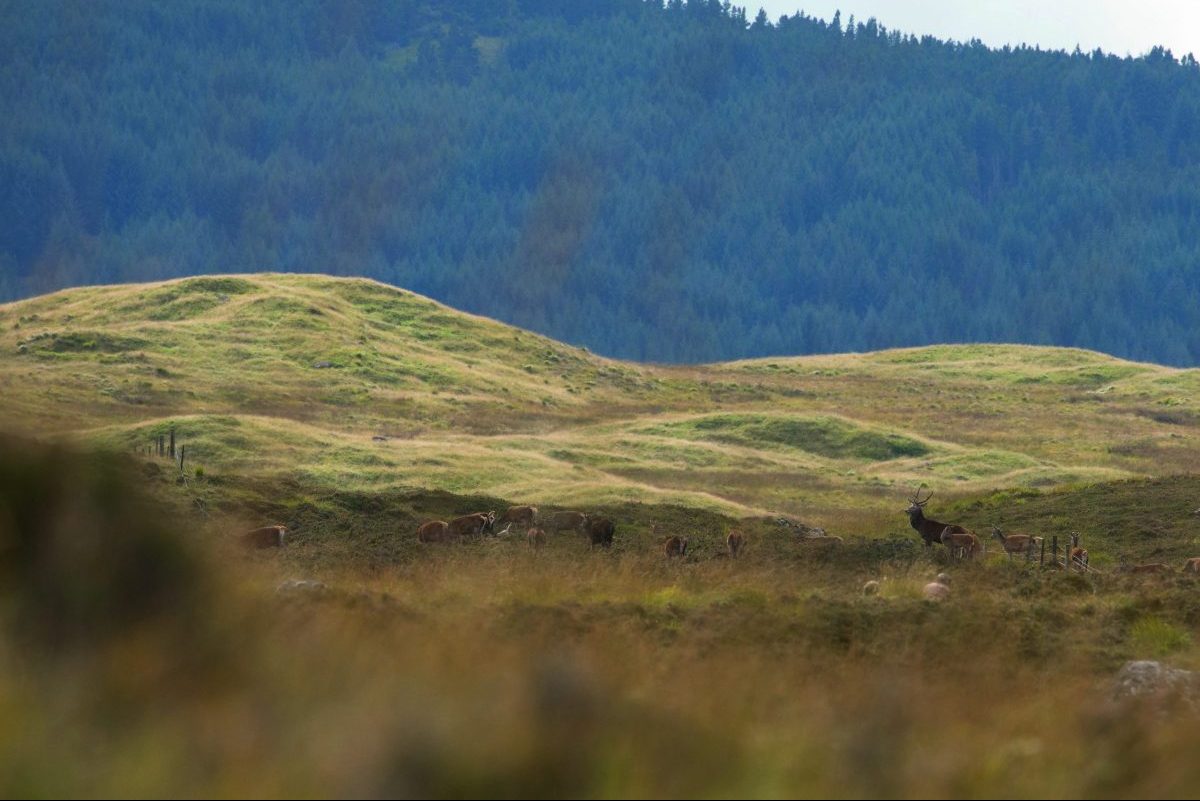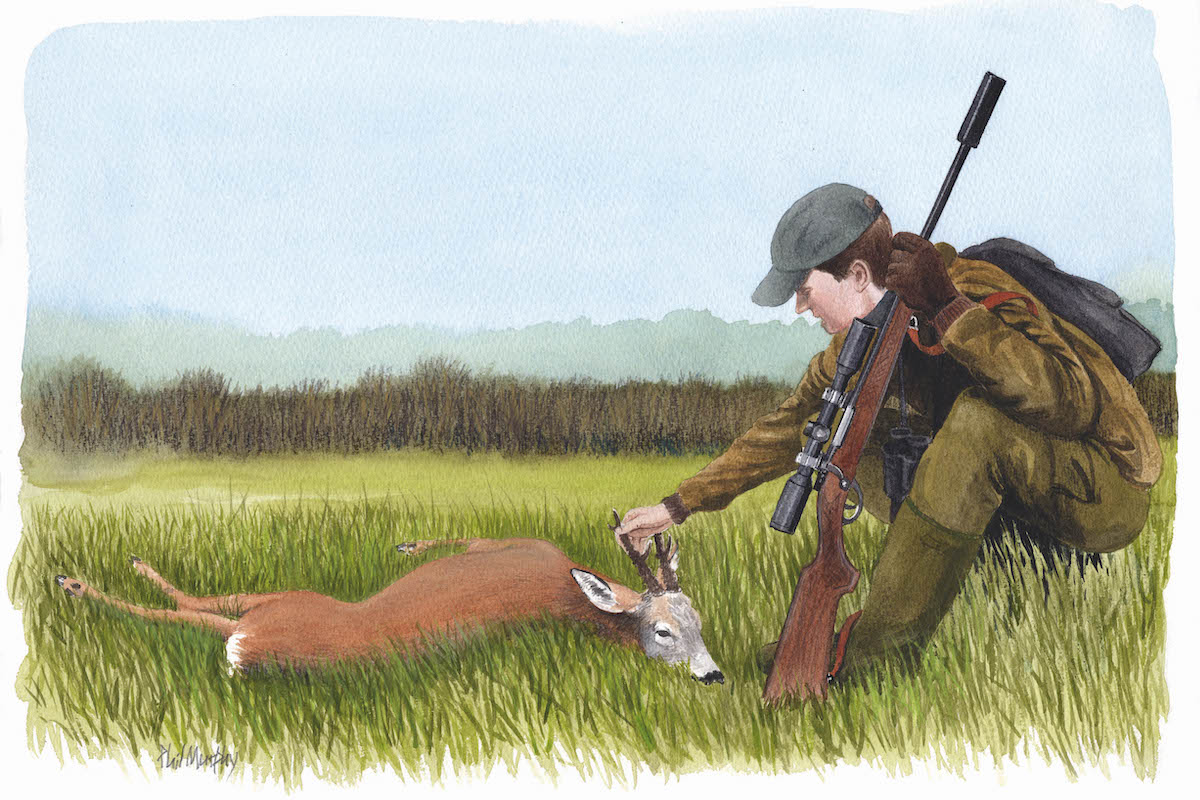The importance of camouflage and how to use it when deer stalking
While stalking success often comes down to good fortune, understanding camouflage, and how to move undetected towards your quarry, is vital

Stalkers should always seek to minimise their outline when moving across the hill
Peering through the autumn grass, I contemplated it all in my head. Turning slowly, I looked back at the guest, who was eyeing me with a hopeful look. Already wet through, his jacket now appeared black among the white grass. It would involve a full-view stalk if we were to get within range of the stag. My thoughts drifted to camouflage. I needed to draw from history if we were to be successful.
I recalled the words of an officer from the Second Boer War, “Many of the soldiers were elderly, the youngest being 42, they were all gamekeepers from big Scottish estates and were famed for their shooting. These sharpshooters became the first sniper unit in the British Army. Previously, such military tactics were considered uncivilised.”
Guerrilla warfare
The conflict broke out in 1899 when Boer militia attacked settlements in nearby British colonies, in response to a failed conference that lit the touch paper between the two sides. With African diamonds at the root of the argument, Kimberley soon became an arena of bloody guerrilla warfare.
In January 1900, a young Scottish officer by the name of Simon Fraser, 14th Lord Lovat, 23rd chief of Clan Fraser and heir to one of the largest estates in the Highlands, was assigned to form a new detachment that would attempt to counter the guerrilla tactics used by the Boers. Attached to the Black Watch, they became known as Lovat’s Scouts. His vision was to recruit those who had worked as gamekeepers on Highland estates. He knew that their grasp of fieldcraft, and understanding of the need to blend into their surroundings, could ultimately prove effective on the battlefield.
Traditionally when it comes to camouflage, most Scottish Highland estates have their own unique tweed that uses the loom to blend colours into a pattern reflecting the flora on the ground, which helps the stalker blend into his surroundings. While many still use tweed, modern fabrics that help repel water, such as Gore-Tex, are now widely used.
Aside from the obvious, camouflage is one of those subjects that we perhaps take for granted. Principally, it is our outline or shape that we should pay attention to when moving across the open hill discreetly at distance. As we advance into winter, the Molinia grass on the hill turns from green to deep orange, then later to a very pale yellow that appears white at distance — hence ‘white grass’.
It is widely accepted that deer see light and dark in contrast, not necessarily in colour as we do. This is believed to be a result of the rod cells in deer retina only being able to let in certain shades of light, unlike cone cells in humans that allow us to see in colour. However, the big advantage over us is that they see much better in low light and poor, dull conditions. It is this ability to detect contrast that we should take into consideration. That favourite dark green jacket designed for stalking in dense sitka forests can appear black in contrast against the white grasses of the winter hillside, even more so when wet.
Alas, it was not an enemy bullet that began to unravel the dynasty of the Frasers of Lovat, but a charging buffalo back under the African sun in much more recent times. Tragically, a second member of the family died suddenly while out with hounds back in Scotland shortly afterwards. Nevertheless, the military legacy the Highland family left behind remains to this day.
Back on the hill, the stag had chased his hinds in our direction, then crossed underneath us. With patience as our virtue, we shot him at little more than 40 yards as the group made its way beneath us, totally unaware of our presence. Sometimes, when it comes to stalking, what you need is a bit of good luck, and camouflage doesn’t come into it.








